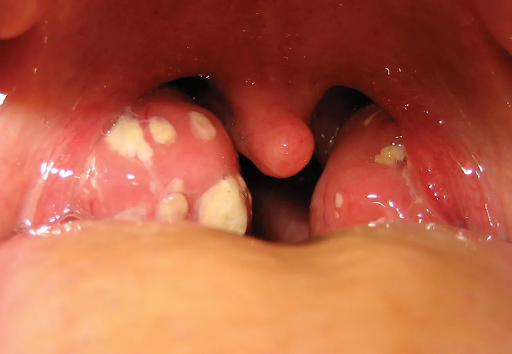What is Dry Eye Syndrome And How To Prevent Dry Eye Syndrome?
Dry eye syndrome is a change that occurs on the surface of the cornea and conjunctiva due to the absence or poor quality of tear fluid. As a result, the surface of the eye is poorly hydrated, which can cause discomfort, vision problems, and injury to the cornea and conjunctiva.
Why does it appear?
There is no single reason for the development of dry eyes, the reasons are a combination of factors. If a person works at a computer day after day without interruption, then without a doubt it is possible to predict the development of dry eye syndrome in him. The fact is that working at the monitor causes prolonged eye strain and fatigue, which results in dry tired eyes. But blinking is a natural mechanism to protect our eyes from drying out. According to scientists who have studied this issue, the average person blinks 15 times per minute. And burrowing into a computer or smartphone – only 5 times per minute. As a result, the tear film evaporates and the cornea and conjunctiva do not receive enough tears to protect and moisturize.
Among the most common causes of this phenomenon are:
- Decreased secretion due to age is one of the most common symptoms of dry eyes. Over the years, the cells that generate constant lacrimation atrophy.
- Hormonal changes in women during pregnancy, contraception, and menopause.
- Environmental factors, especially environments with a lot of evaporation including wind, air conditioning, heaters, etc..
- Prolonged reading, as the number of blinking decreases and the tear fluid is not distributed properly in the eye, increasing its evaporation.
- Some systemic diseases include Sjogren’s syndrome, rheumatoid arthritis, lupus erythematosus, etc.
- Use of contact lenses can also cause dry eye syndrome symptoms.
- Some eye surgeries.
- Certain scars on the surface of the eyes eg, severe viral conjunctivitis.
How to prevent dry eye syndrome?
Due to the serious consequences that can lead to dry eyes (keratitis, scarring, blindness, corneal ulcers), it is recommended to undergo periodic ophthalmological examinations.
Identifying and treating the disease early is critical to improving and preventing eye injuries.
The main risk group includes the elderly and women during the period of hormonal changes.
There are some helpful tips to help prevent dry eyes caused by environmental factors:
- Do not abuse being under air currents that facilitate the evaporation of tear fluid (do not direct ventilators towards the face, do not drive a car with open windows, wear sunglasses, etc.).
- Avoid dry environments using humidifiers.
- Protect yourself from environmental pollution by avoiding being on the beach or outdoors on windy days, house dust, tobacco smoke or solvents.
- Avoid excessive blinking during the day and wipe the lacrimal glands with a clean tissue or make-up disc.
Symptoms of dry eye syndrome:
Dry eye symptoms blurred vision causes irritation, itching, redness, a foreign body or gritty sensation on the surface of the eye, and may be accompanied by tired or heavy eyelids or watery eyes.
While it may seem controversial, profuse watery eyes are caused by inadequate eye moisture. Our body is protected by “flooding” the surface of the eyes with low quality tear fluid, which does not contain essential nutrients and protective factors.
Treatment of dry eye syndrome
If it is not possible to directly affect the cause of dry eyes, dry eye masks, artificial tears and eye ointments can help control dryness and irritation of the eyes.
If the symptoms do not diminish as a result of treatment, it is possible to preserve the tear fluid by blocking the lacrimal passages, by introducing a special plug, which will prevent rapid drainage of tears and allow the moisture to be retained in the eye, while protecting the eye. Patients with severe dry eye syndrome may require additional treatment.











